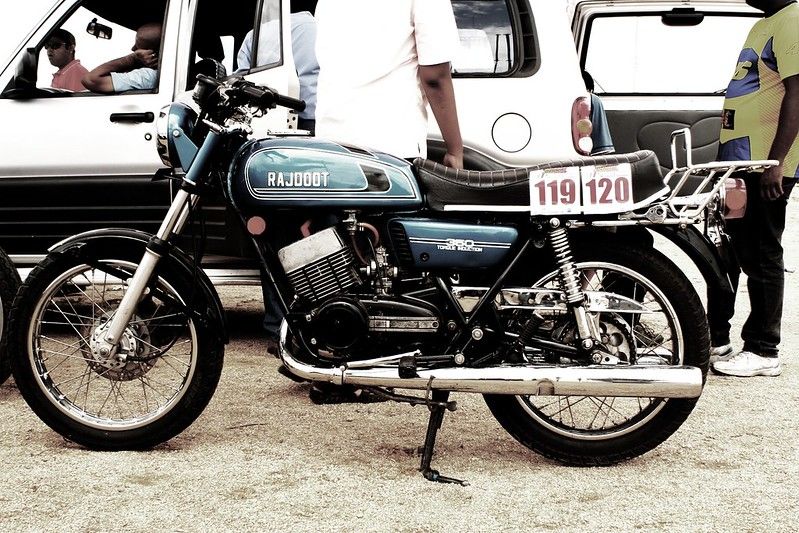Motorcycle Icons: Yamaha RD350 - The Two-stroke Hooligan
Modified On Apr 23, 2020 01:58 PM By Jehan Adil Darukhanawala
- 2093 Views
- Write a comment
Ever got goosebumps hearing a name? Try this: RD350

If you were a teenager in the mid-1980s in India, there was one motorcycle that stood head and shoulders above the rest: the Yamaha RD350. Despite being a decade old when it was introduced in India, it was still, somehow, way ahead of its time. No wonder, then, that the mere mention of its name manages to make the hair on the back of your neck stand in attention.
Developed as a result of Yamaha’s racing exploits in America, this hellraiser of a motorcycle was introduced in 1973 in Europe and other parts of the world. While there were a few small revisions and updates by the time the bike came to India in 1983, it never sported the ‘RD350’ name. The Escorts Group had bought the licence from Yamaha to produce the RD350B in India but instead of sticking with RD (short for Race Derived), Escorts Indianised it by calling it the Rajdoot 350.

In its stock form, the RD350B that rolled out of the Hamamatsu plant produced 39 horses from its twin-cylinder, two-stroke mill. For India, Escorts thought it was better if the engine was detuned, for the sake of improved fuel efficiency. High hopes expecting decent figures from a parallel-twin two-stroker, surely, and it was undoubtedly a big ask to take on the single-cylinder Bullets and Yezdis of the era in this regard.
Also Read: Motorcycle Icons - Yamaha RX 100
Where the RD had the edge - no surprise - was in performance. Introduced as the ‘High Torque’ version, the Rajdoot 350’s mill produced 30.92PS - a shocking power hike from the original. However, while there were no official acceleration figures, it is said that it would reach 100kmph in roughly the same amount of time as a KTM 390 Duke. Many comparisons have been drawn between these two motorcycles in recent times, only going to highlight what a maniac the RD350 was, especially given that it can give even a 30-years-younger motorcycle a thorough workout. As is the case with most two-strokes, the RD 350’s powerband was narrow and potent, and this certainly proved to be challenging for the Indian enthusiast so far exposed to far slower machinery.
Braking distances were the next form of education imparted to the Indian enthusiast, because making the RD350 come to a halt was nothing short of a thrill. In the interest of saving costs, Escorts ditched the front disc brake unit for a drum brake setup from the RD250. The accidents that followed were only too predictable and for having acquired the status of a ‘widow maker,’ the RD was loathed and lusted after in equal measure - a trend that continues to this day! Even to those who haven’t been fortunate enough to ride (or own) one, just a whiff of the distinct metallic howl from its twin exhaust pipes is enough reason to sign up for a lifetime membership of the RD350 fanclub.

Two years after the ‘High Torque’ came the ‘Low Torque.’ Escorts further detuned the motor to produce just 27.37PS. However, while it remained on sale for a few more years, concerns about reliability, low fuel-efficiency and the relatively high asking price sealed its fate. Ultimately, Escorts Yamaha found its lucky charm with the RX100, a scaled-down RD350 of sorts, and the powerful Rajdoot 350 was pulled off the shelves in 1989.
The RD350 is now a collector’s item with absurdly high prices being quoted, some equivalent to a mid-displacement motorcycle like the Kawasaki Z650! While that may be a hotly debated matter for RD dreamers and owners alike, what isn’t is the fact that there will never be anything like it again. So much for a motorcycle that Yamaha doesn’t even consider prestigious enough to exhibit in its hallowed Iwata museum!
Image credits: WikiCommons
